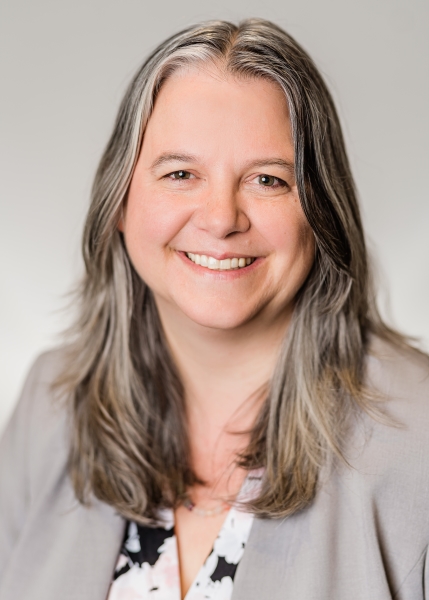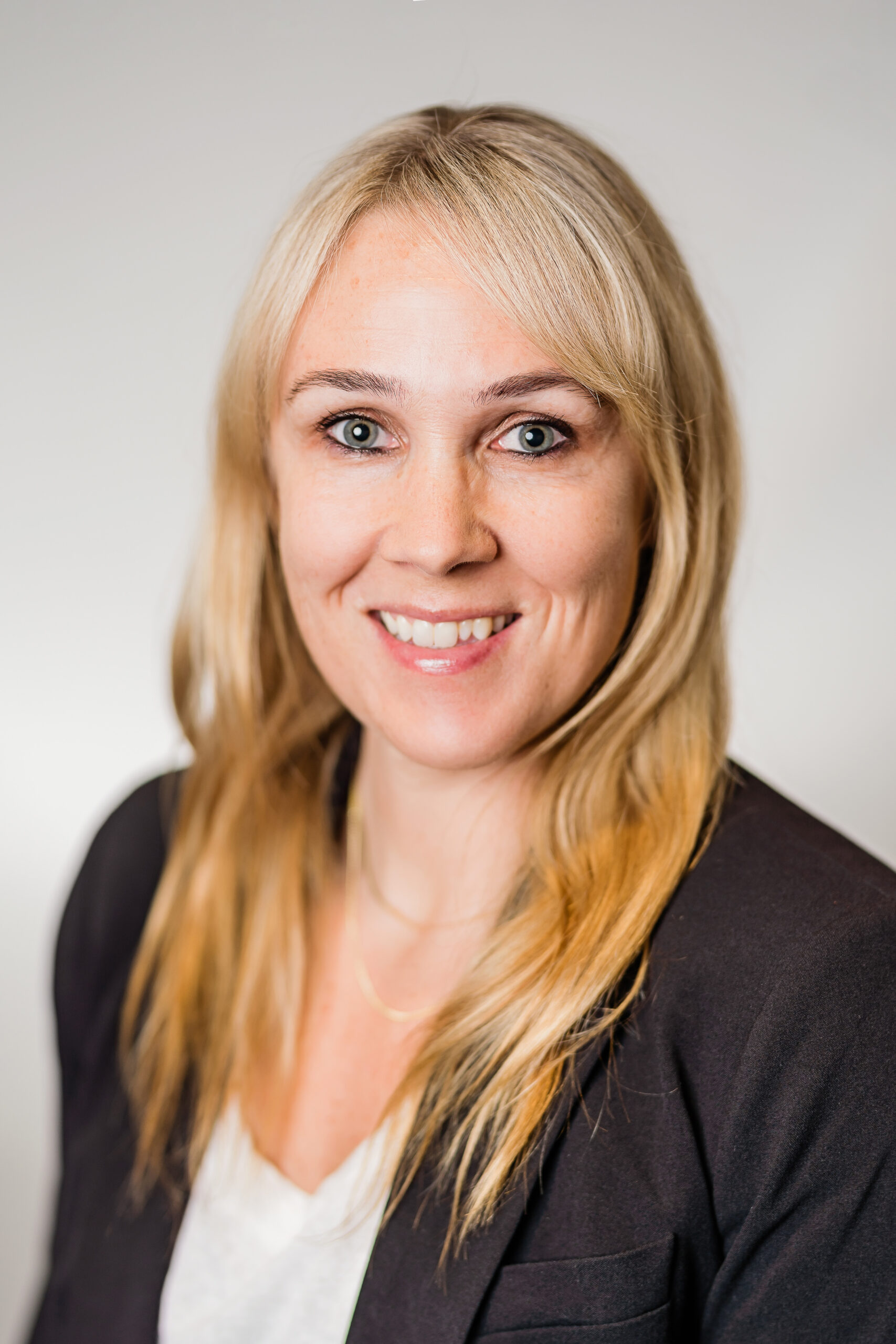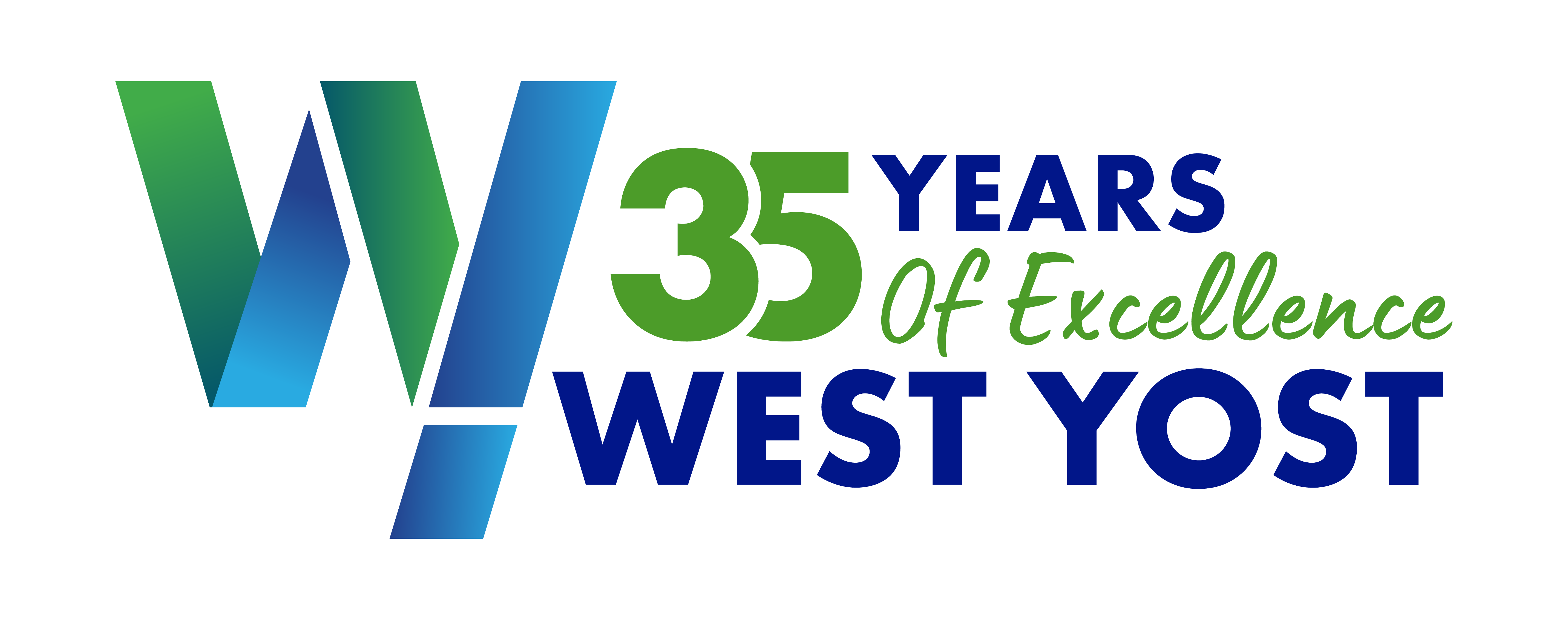Engineering Resilience: West Yost’s Leadership in Nutrient Removal and RO Concentrate Management

By: Kathryn Gies, Engineering Manager, Treatment Sector & Veva Weamer, Principal Engineer, Surface Water and Groundwater Sector
This article contains and answers the following:
- How West Yost is advancing sustainable water infrastructure through two flagship projects.
- Medford RWRF’s strategies for reducing emissions while meeting strict nutrient limits.
- Chino Basin’s integrated approach to groundwater recharge and reverse osmosis (RO) concentrate management.
- How can nutrient removal processes reduce chemical use and emissions?
- How is RO brine managed to protect water quality and meet regulations?
- How do these projects strengthen resilience and sustainability for local water systems?
At West Yost, we believe that the future of water infrastructure lies in innovation, adaptability, and sustainability. Two of our flagship projects—the Medford Regional Water Reclamation Facility (RWRF) in Oregon and the Chino Basin Groundwater Management Program in Southern California—demonstrate how we address two critical challenges: reducing emissions from nutrient removal and managing reverse osmosis (RO) concentrate.
Medford RWRF: Smarter Nutrient Removal, Lower Emissions
The City of Medford is investing $300 million to upgrade its RWRF to meet stringent nutrient discharge limits—3.0 mg/L for total nitrogen and 0.5 mg/L for total phosphorus. West Yost, in partnership with Black & Veatch and Slayden Construction, is leading the design using a CM/GC approach.
The facility features a 5-stage Bardenpho BNR system, denitrification filters, and a seasonal split-flow strategy that adjusts operations based on weather conditions. Emissions reduction is a core focus:
- Fermentation for EBPR reduces reliance on alum, cutting chemical use and emissions.
- Real-time SRT and DO controls optimize aeration, lowering energy consumption and greenhouse gas emissions.
- Surface wasting enhances sludge settleability, reducing clarifier demand and energy use.
The facility is also designed with real-time process optimization and emissions-aware control, supported by dynamic modeling and lifecycle cost analysis. This ensures long-term resilience in the face of regulatory changes and climate variability. Medford RWRF is more than a treatment plant, it’s a model for sustainable infrastructure.
Chino Basin: Integrated Recharge and RO Concentrate Management
In Southern California, West Yost supports the Chino Basin Watermaster in managing groundwater through recycled water recharge and desalination.
- Recharge Program: 18 basins replenish groundwater using recycled, imported, and stormwater. To date, over 200,000 acre-feet of recycled water and 470,000 acre-feet of other sources have been recharged.
- Desalination: Thirty wells extract brackish groundwater, treated via RO and ion exchange. The resulting brine is responsibly managed through the Inland Empire Brine Line, ensuring compliance and protecting water quality.
Desalter operations also maintain hydraulic control, a regulatory requirement that supports continued recharge and mitigates long-term salinity buildup.
A Model for the West
These projects reflect West Yost’s commitment to delivering high-value, science-based solutions. Whether reducing emissions or managing RO concentrate, we bring deep expertise and a collaborative spirit to every challenge—helping communities build resilient, sustainable water systems.
As water agencies across the West face increasing demands for environmental stewardship and regulatory compliance, West Yost stands ready to deliver solutions that are not only effective but also resilient and forward-looking.
To learn more about our work and how we can support your community’s water future, visit our full list of West Yost Services.

Kathryn Gies
Kathryn has over 24 years of experience managing complex wastewater treatment and recycled water projects. Kathryn is West Yost’s wastewater process lead, has extensive experience with process design of biological nitrogen removal facilities, possesses up-to-date knowledge of California permitting issues, and is a recognized leader in the industry in these areas.

Veva Weamer
Veva Weamer is a supervising environmental scientist specializing in regulatory compliance programs for Southern California agencies. Her expertise includes database management, data analysis, water quality and salt/nutrient monitoring, GIS, and groundwater/surface water program implementation. Her master’s research focused on groundwater movement and aquifer characterization in the Mojave Desert, earning her the 2006 Prem K. Saint award for excellence in hydrogeology.
